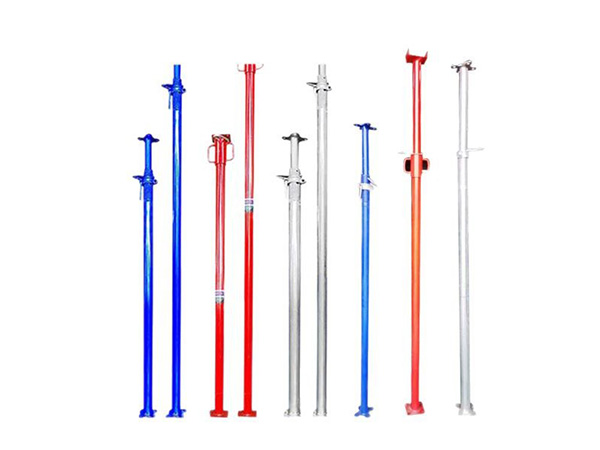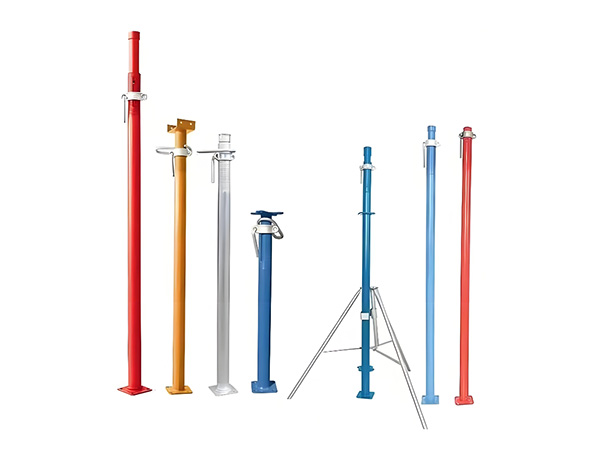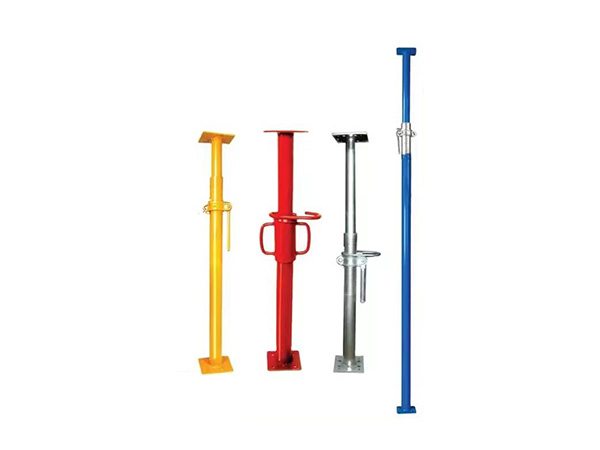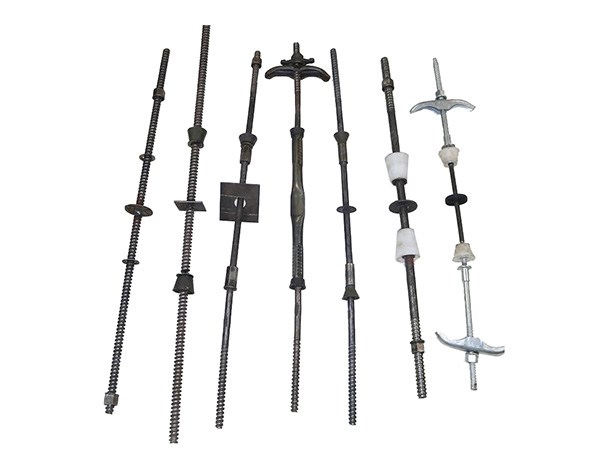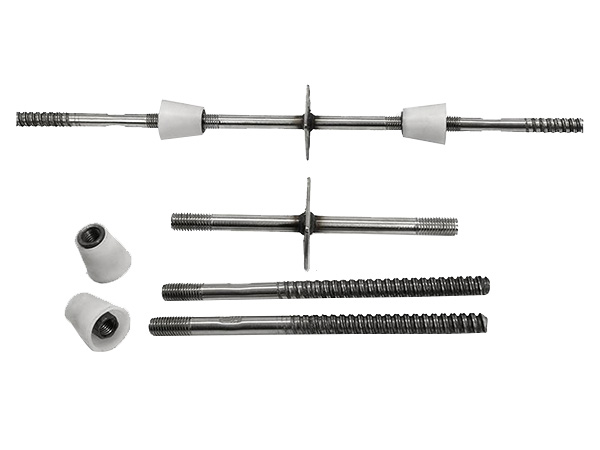- Site Navigation -
NEWS LIST
What are the Signs of Wall-Tie Bolt Failure?
Author:yicheng Date:2025-09-03 17:07:38 Hits:134
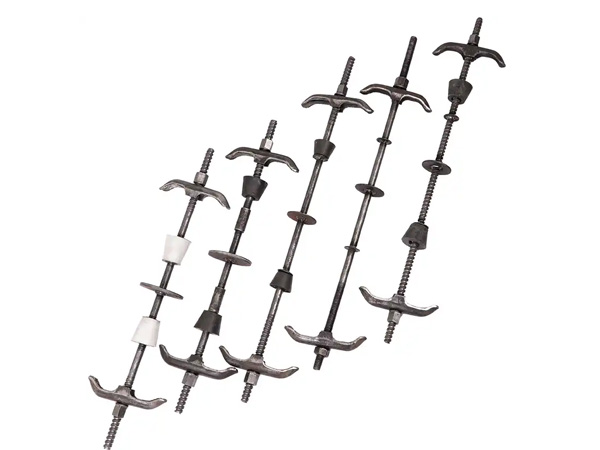
Signs of Wall-Tie Bolt Failure
Wall-tie bolts are critical for securing adjacent structural components (e.g., brick veneer to concrete backup walls, cavity walls) and maintaining wall stability. Their failure often develops gradually, but recognizing early warning signs is key to preventing severe structural damage (such as wall leaning, cracking, or even collapse). Below are the most common and actionable signs of wall-tie bolt failure, categorized by visible structural, surface, and functional indicators:
1. Visible Cracks in Walls (the Most Direct Indicator)
Cracks in the wall fabric are the primary red flag of tie bolt failure, as compromised ties can no longer transfer loads between wall layers, leading to stress buildup and splitting. Key crack patterns to watch for include:
Vertical or Diagonal Cracks in Brick/Stone Veneer: These often appear along mortar joints or directly through masonry units. For cavity walls (common in brick construction), diagonal cracks may span from the top of windows/doors to wall corners—this occurs when failing ties allow the outer veneer to separate from the inner backup wall, causing the veneer to sag or pull away.
Horizontal Cracks at Wall Tops or Floor Lines: Horizontal cracks near the top of a wall (e.g., just below the roofline) or along floor slabs indicate that the wall is no longer properly anchored. Failing ties can’t resist lateral forces (e.g., wind, thermal expansion), so the wall may shift outward, creating horizontal separation.
Cracks Around Openings (Windows/Doors): Door and window frames are rigid points; if tie bolts near these openings fail, the surrounding wall may settle or shift, forcing cracks to form around frame edges. You may also notice gaps between the frame and wall, or difficulty opening/closing windows/doors (a secondary sign linked to this cracking).
2. Separation Between Wall Layers (Delamination)
Wall-tie bolts are designed to bind outer layers (e.g., brick veneer) to inner structural walls (e.g., concrete, block). When ties fail, these layers can separate—a issue called “delamination” that’s often detectable via:
Visible Gaps or “Hollowing”: Inspect the base of walls (near skirting boards) or areas around pipe penetrations for small gaps between the veneer and inner wall. In severe cases, tapping the wall with a rubber mallet may produce a hollow “thud” (instead of a solid sound), indicating the veneer has pulled away from the backup wall.
Bulging or Bowing of Outer Walls: A bulging brick or stone veneer (especially on upper floors or long wall sections) is a clear sign of advanced tie failure. As ties corrode or break, the outer layer loses support and begins to bow outward under its own weight or external pressure (e.g., wind). Even a slight bulge (1–2 cm) warrants immediate inspection, as it can worsen rapidly.
3. Corrosion-Related Signs (Visible on Exposed Ties or Through Masonry)
Most wall-tie bolts are made of steel (galvanized or stainless), and corrosion is a leading cause of failure—especially in humid environments, coastal areas, or walls with poor drainage. Signs of corrosion include:
Rust Stains on Masonry: Rust from corroded ties often seeps through mortar joints or brick pores, leaving orange-brown streaks on the wall surface. These stains may start small but widen as corrosion progresses and the tie weakens.
Exposed Rusty Ties: In some cases (e.g., after removing damaged masonry or around wall edges), ties may be partially exposed. If the tie’s surface is flaking, pitted, or covered in thick rust, it has likely lost most of its structural strength.
Spalling Masonry: Corrosion causes steel ties to expand (rust takes up more space than solid steel), which can push against surrounding brick or mortar, leading to “spalling”—the chipping, flaking, or breaking of masonry surfaces. Spalling near mortar joints is often directly linked to tie corrosion.
4. Functional or Secondary Indicators
These signs are less obvious but still signal underlying tie bolt issues, as they reflect the wall’s reduced stability:
Loose or Detached Masonry Units: Individual bricks or stones that wiggle, shift, or fall out (without external impact) indicate that the ties holding them to the inner wall have failed. This is common in older buildings with deteriorating ties.
Water Intrusion or Dampness: Failed ties can create gaps between wall layers, allowing rainwater or moisture to seep into the cavity. Over time, this leads to damp patches, mold growth, or water stains on interior walls—especially after heavy rain. While dampness can have other causes (e.g., faulty flashing), it often coincides with tie failure in cavity walls.
Wall Leaning or Misalignment: In severe cases, widespread tie failure can cause the entire wall to lean outward (away from the building) or shift vertically. Use a level to check wall straightness: even a 1-degree lean is a critical safety hazard, as it means the wall is no longer structurally sound.
Key Note
Many of these signs (e.g., small cracks, minor rust stains) may seem insignificant at first, but wall-tie failure is progressive—delaying inspection or repair can lead to costly structural damage or safety risks. If you notice any of the above signs, it’s recommended to hire a qualified structural engineer or mason to assess the tie bolts (often via non-destructive testing, such as borescopes or magnetic detection) and recommend replacement if needed.







